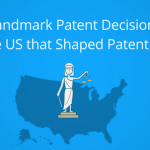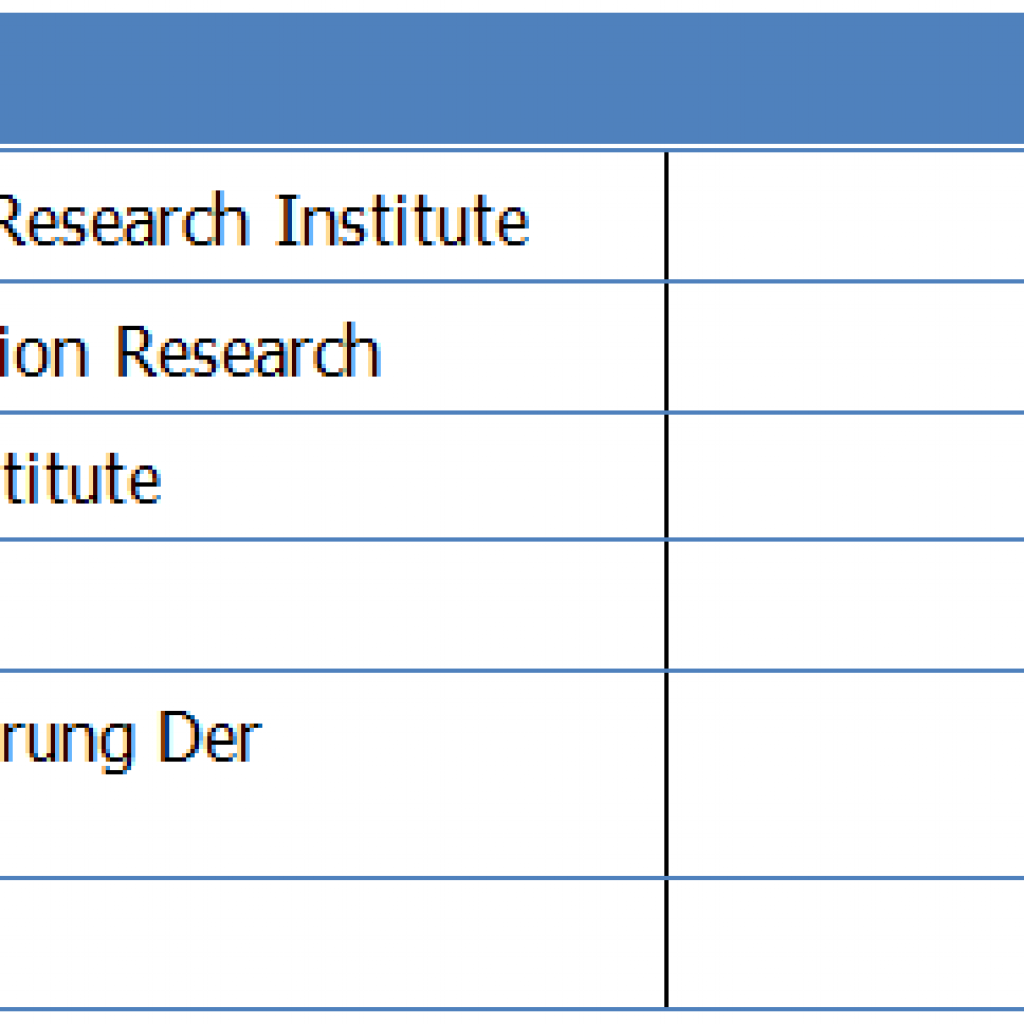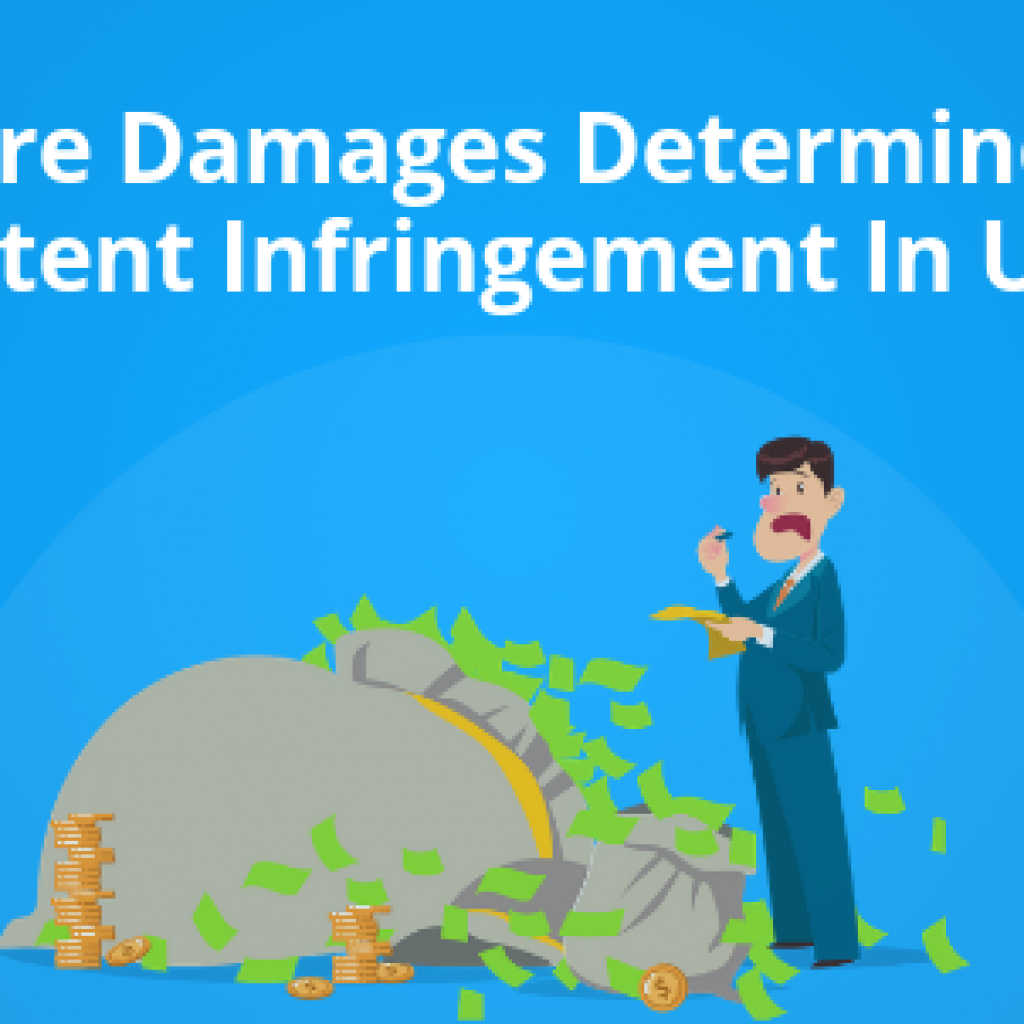Patent infringement has become a lot common in the past couple of decades. With increased interconnectivity among technologies and the existence of thousands of patents covering them, it has become difficult to innovate without having infringed on at least one patent.
Infringement is common and so are lawsuits filed in district courts demanding royalties. What was uncommon and is on the rise towards being a trend are cases filed under ITC section 337 for infringement of IP.
If you’re wondering — “What is ITC section 337 and how is it different from conventional district court litigation?
Instituted by International Trade Commission, a federal body, Section 337 adjudicates cases involving companies that domestically exploit IP rights of entities that have secured protection in the US. Comparatively stringent and with a speedy action process, for cases filed under ITC 337, if infringement is proved, the accused products could be barred from being imported into the US.
Since the consequences are huge, the investigation instituted by ITC is a very detailed one. The ITC is a fact pleading venue and requires detailed factual allegations, including detailed claim charts for all patent claims asserted. A potential complainant simply cannot accomplish filing an ITC complaint (or at least one that the ITC will decide to institute) in a few short days by drafting a basic notice pleading.
Given the requirement, it is often ensured that cases filed under ITC 337 for which investigation is undertaken, infringement is proved.
How to Escape Infringement Under ITC 337 Without Getting Your Product Banned?
So if infringement is proved, how to get away without getting your products banned from being imported into the US? Paying royalties is one thing, getting a cease and desist letter is another.
What are my options?
Invalidate the patent.
Yes, invalidating a patent could put an end to all your woes. When you’re faced with ITC litigation and there is a lot to lose, the best bet would be to find available prior art for asserted patent and prove the patent invalid.
We at GreyB have a lot of expertise in the area and have worked on multiple ITC section 337 patent infringement cases, assisting the defendants. Below present are three such instances where we conducted validity searches using unconventional strategies to find prior art for patents in question.
Handpicked Resource for You: Download your free guide and learn where to look for a prior art while performing a design patent search: Click here to download
The Wireless Networking Patent With Missing Prior Art
Some time ago, we were consulted to conduct an invalidation search for a patent with an early priority date, related to wireless networks. Search on patent and non-patent literature published by prominent players in the industry did not turn up any results or leads. The reason for the scarcity of prior art literature for the technology in question was because the technology was not considered to be commercially viable at that point in time.
The defendant, on the other hand, had to file a response within three days to the ITC notice. We did not have much time in hand and the need of the hour was swift action. At that moment, it struck us that a good place to look would be publications by universities.
While it is true that, companies tend to invest more in technologies that have visible commercial applicability in the future, universities are not limited by such factors, and their publications usually cover a wider range of technologies. We have also observed in the past that while searching for patents having an early priority date, university publications often turn out to be a rich source of patent invalidation.
We took action and tried to get access to multiple university networks – both public and private – which though difficult were achievable. With two days remaining in hand, we looked into all the publications published by universities before the priority date of the patent.
Some hours into the search, we had a Eureka moment when we found knock-out prior art in a paper authored by a researcher at the Indian Institute of Technology, Bombay.
We immediately sent across the identified prior art to the client and illustrated how the asserted patent could be invalidated based on the paper alone. The client in question accumulated the defenses and filed it with the ITC and since the patent in question was invalid, the client was spared from all the agony.
Words from the client,
I honestly did not expect that any prior art would turn up for this search. We consulted another agency before and they found nothing, and we really wanted to take another chance. With less than four days to the filing date, we got in touch with GreyB and that was the best decision we ever made.
A Strategy You Must Explore: How to Invalidate a Patent with Mathematical Expression
The Case with Abundant yet Useless Prior art
At another time, we were contacted to perform an invalidation search on a patent having a priority date of 1996, related to audio/video monitoring system and involved communication between two devices over the internet through a ‘remote intermediate apparatus’.
Though prior-art was abundant on the concept of ‘video monitoring systems over the internet’, the problem was none of them explicitly mentioned the ‘remote intermediate apparatus’. The major challenge with searching prior art pre-1996 is that most literature is not available online. Even if available online, most literature is scanned documents, and not in a fully digital (text searchable) form.
To overcome this challenge, we conducted a manual review of all the documents which we felt might be relevant to the search. During this manual review, the team came across a technology magazine from New Zealand which mentioned experiments involving similar technology. However, the complete magazine was not available online.
Determined to land some killer prior art and with more than six days in hand by which the response had to be filed, we procured an old copy of the magazine from New Zealand by pulling some strings and to our delight, the magazine came to our rescue as it contained the description of the experiment on which the patent was based.
We sent a copy of the magazine to the client so that it could be added to the list of documents in response to the notice of the defense. The killer prior art helped our client emerge victoriously and the decision was taken in the defendant’s favor.
The client appreciated us for giving our best efforts and since then, has been a regular client of GreyB.
Editor’s Note: This was a challenging case but know what’s even more challenging? When you’re tasked with finding prior art for a trade secret being infringed under ITC 337, and you know literally nothing about the same due to the protective order surrounding the case. For a detailed account of how we braved the odds and found prior art for a trade secret, click here — How we found prior art for a Trade secret infringement case under ITC 337?
One with the Design Patent
Looking across the web for prior art for utility patents demands unconventional strategies less often, but when it comes to finding prior art for a design patent, a combination of conventional and unconventional search strategies is your best bet.
This case involved a Chinese electronic company that manufactured cameras that could be used for capturing sports action. The company already had patents in the US and sold multiple other products apart from cameras.
The cameras became a great addition to its portfolio and sold like hotcakes. Unfortunately for the client, the design of the camera infringed on one of the design patents procured by another camera company. To avoid losing its market share, the company filed for an ITC 337 investigation seeking a cease and desist remedial measure.
There was a lot at stake for the defendant and they sought our help to find existing prior art for that particular design. We conducted a conventional online search first but no evidence of a similar camera structure turned up.
It was time to go unconventional.
During the initial part of the search, the team came across a comment on a camera forum that mentioned that a startup had tried to obtain crowdfunding for a similar camera. A search on all popular crowdfunding websites did not reveal any such camera. However, when a deeper dive was performed on a crowdfunding website’s archives, it was found that a team launched a similar camera prototype before the patent was filed, but had been pulled due to lack of funds.
Apart from this, through a Chinese search, the team was able to find a number of Chinese contract camera manufacturers who were exhibiting their product samples on B2B e-commerce websites. When more detailed images of these samples were inspected, some of them turned out to be exactly similar to the claimed design. The best part was, most of these designs were dated prior to the date the design patent was first filed, hence invalidating the design.
When we sent across all these discoveries to the client, they were more than thankful. Exact words from them,
The consequences of this case could have been huge. By finding effective prior art for the design, GreyB helped us retain our market share in the camera market. We’re thankful.
Our pleasure.
These were just three instances among the multiple where we helped our clients find prior art for patents that were reasons for their trouble. We stand true to our words, “If it exists, we will find it.”
ITC or district court litigation, if there are patents that add to your woes, Get in touch with us. We might exactly know where to look to find bang on prior art.

Authored by: Anjali Chopra, Senior Business Analyst, Market Research.










